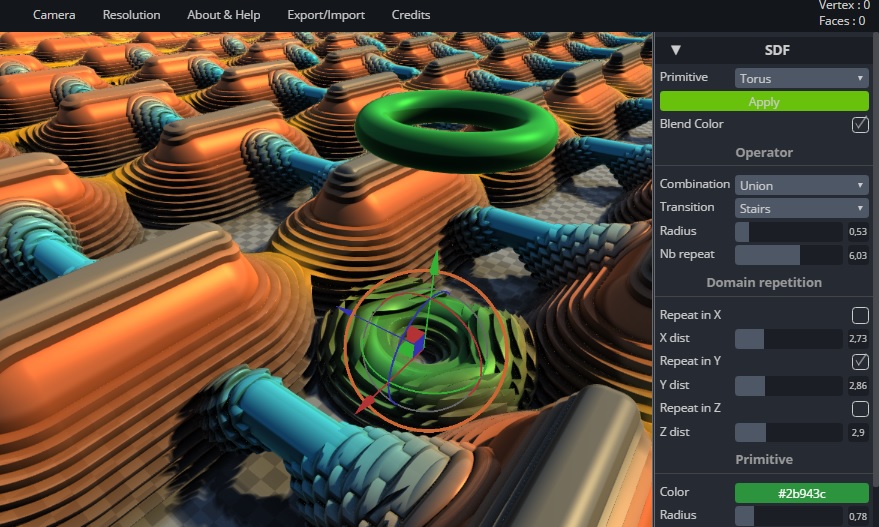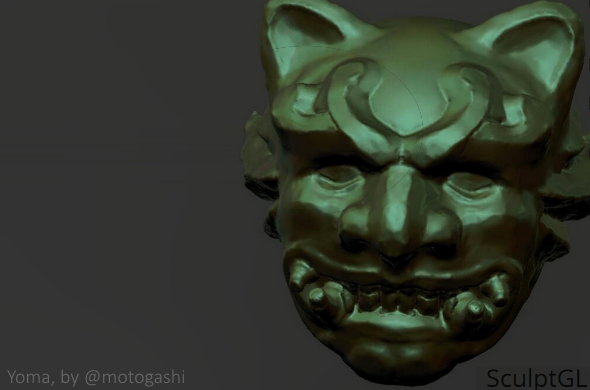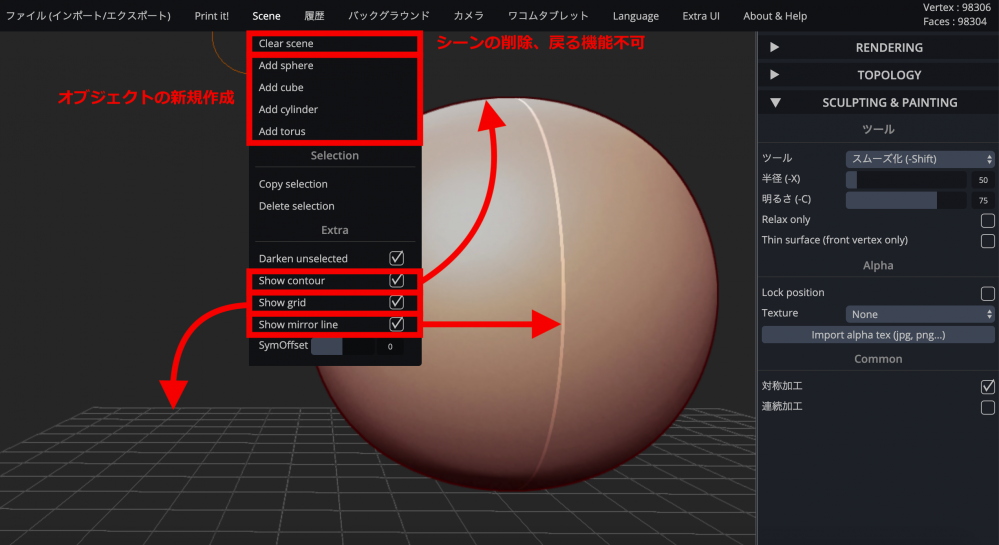


The main reason being STL files don’t generally exceed a few MB in file size, making them quick and easy to download. It’s also the file format of choice among hobbyists and makers for disseminating finished models, objects, and parts on community-sharing websites such as Thingiverse and MyMiniFactory. All slicers work with STL files – they’re the main file format of choice for 3D printing. One of the main benefits of the STL file format is widespread adoption by 3D printing slicer software. The process can degrade the overall resolution of the model and lower fidelity as the tessellation is more an approximation than a replica.īut, these discrepancies are generally negligible or easily fixed for the purposes of 3D printing. The resulting file doesn’t describe texture, color, scale, or units.ĭoing so effectively transforms the model into a collection of tiny triangles that drop in size but grow in number as a model’s complexity increases but remain vastly simpler than traditional CAD-generated surfaces and, especially, curves. Unlike other CAD file formats, which feature a host of information about a specific 3D model’s complex surfacing and geometry based on curves and splines (OBJ being one popular example), STL converts surfaces to a mesh or cloud of triangular faces and vertices through a technique known as tessellation. Here’s a 43 minute tutorial that shows just what you can do with a few sculpting tools and some topology options in a web browser.The idea was to create a file format as a simple and lightweight vessel for a 3D CAD model that’s easy to output to a 3D printer. obj export you can pop that sculpt into Blender or ZBrush and go to work. How do you apply textures? Well, that’s another story, but with. SculptGL does allow you to export to SketchFab already (with an API key), but SketchFab’s implementation makes it a two-click and set for getting your model into embeddable view mode stat. If you switch screens back and forth between SculptGL and SculptFab, you’ll see it’s basically a re-skinning of SculptGL, but the UI improvements are indeed improvements with a fancy menu bar and color picker over the limited number of shaders in SculptGL. SculptFab was birthed with an improved UI and direct publish to SketchFab. The crew at SketchFab thought it the perfect compliment to their web-based interactive 3D model viewer, so they set forth to create SculptGL + SketchFab. It has been for some time as a open source port of a school project by Stephane Ginier called SculptGL.

In a not too distant future, you’ll absorb your coffee through the air, control your home thermostat with third eyelash from your left eye and sculpt crazy alien faces in your browser.


 0 kommentar(er)
0 kommentar(er)
